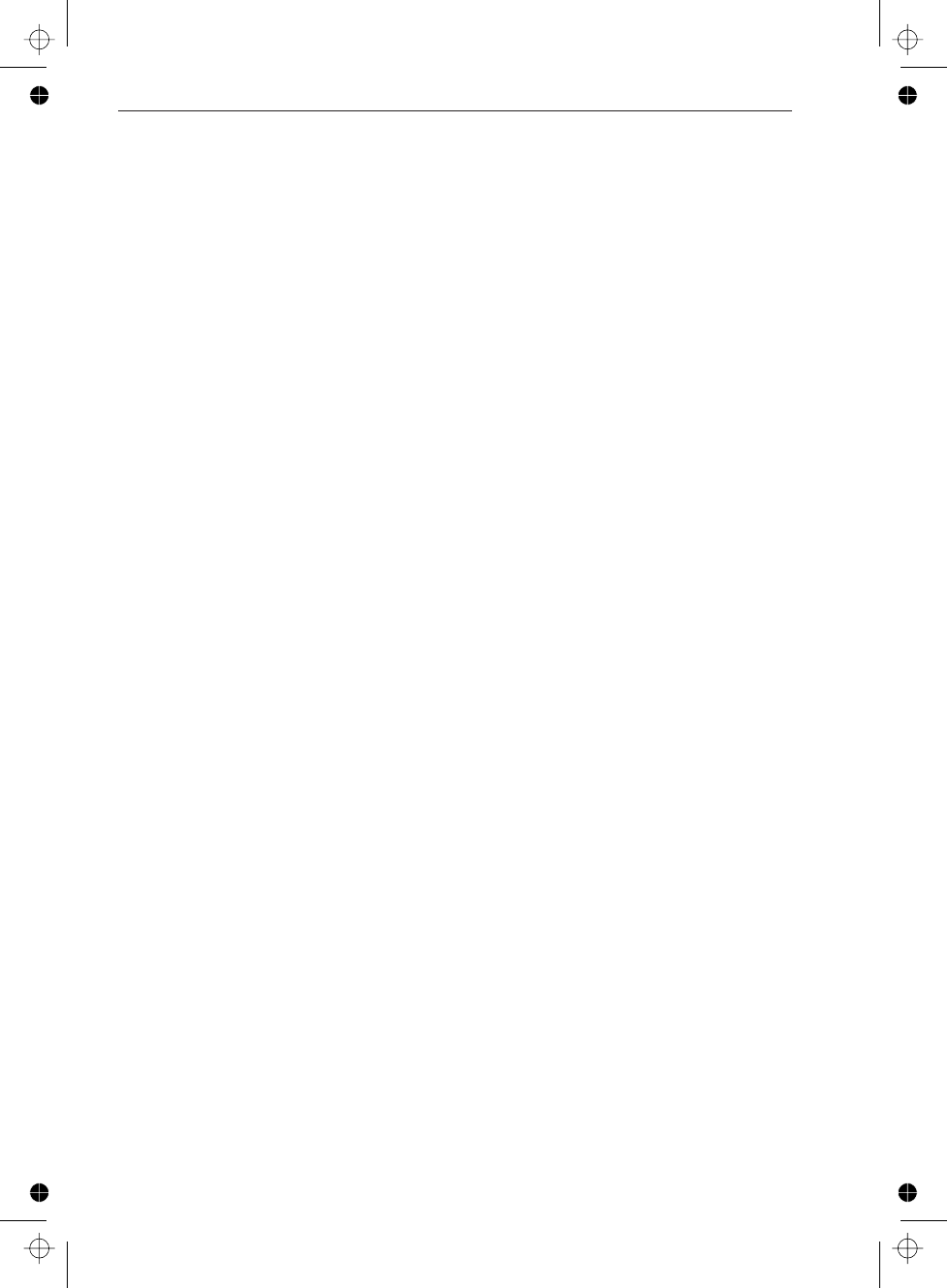
Supervising a
Process
One typical use of a counter in the indus
-
try is to measure a parameter and alert the
adjusting machinery when the parameter
gets close to the correct value. The ma
-
chinery now slows down for an accurate
final adjustment of the parameter, and
stops the adjustment procedure when the
value is correct.
An example of such a procedure is when
a laser adjusts the value of a resistor that
is connected to an oscillator. You mea
-
sure the frequency of the oscillator and
the laser cuts the resistor until the oscilla-
tor oscillates at the correct frequency.
Obvious Method
The most obvious way to do this may be
as follows:
–
Let the counter measure the frequency.
–
Send the result to the controller.
–
Let the controller, that controls both the la
-
ser cutter and the counter, decide when to
slow down the cutting procedure, and
eventually switch the laser off when the
correct frequency is obtained.
This method works fine for slow pro
-
cesses but the bus transfer rate of the
counter limits the measuring speed to
around 125 measurements/s for
PM6680B and PM6685, and 250 mea
-
surements/s for PM6681. If all speed in
-
creasing actions are taken, and only
around 10 measurements/s if no speed in
-
creasing actions taken.
Optimal Method
An experienced CNT-8X programmer
knows that he can increase the process
speed to over 300 measurements/second,
by letting the counter do more and the
controller less of the job:
–
Set up the counter to measure continuously
with low resolution, without displaying or
reading out any results.
–
Set up limit monitoring so that the counter
issues a service request when the frequency
reaches the limit where the laser should
slow down.
–
Proceed with one of the following:
–
Alternative 1: The program slows down the
laser and recalls new narrower limits from
the internal counter memory and selects
higher resolution.
–
Alternative 2: The program slows down the
laser and reprograms the counter to make
high resolution measurements and reports
each measurement result to the controller.
–
The controller stops the process when the
desired result is obtained.
See also the limit monitoring program
-
ming example in Chapter 4.
7-10 Supervising a Process
How to Measure Fast


















